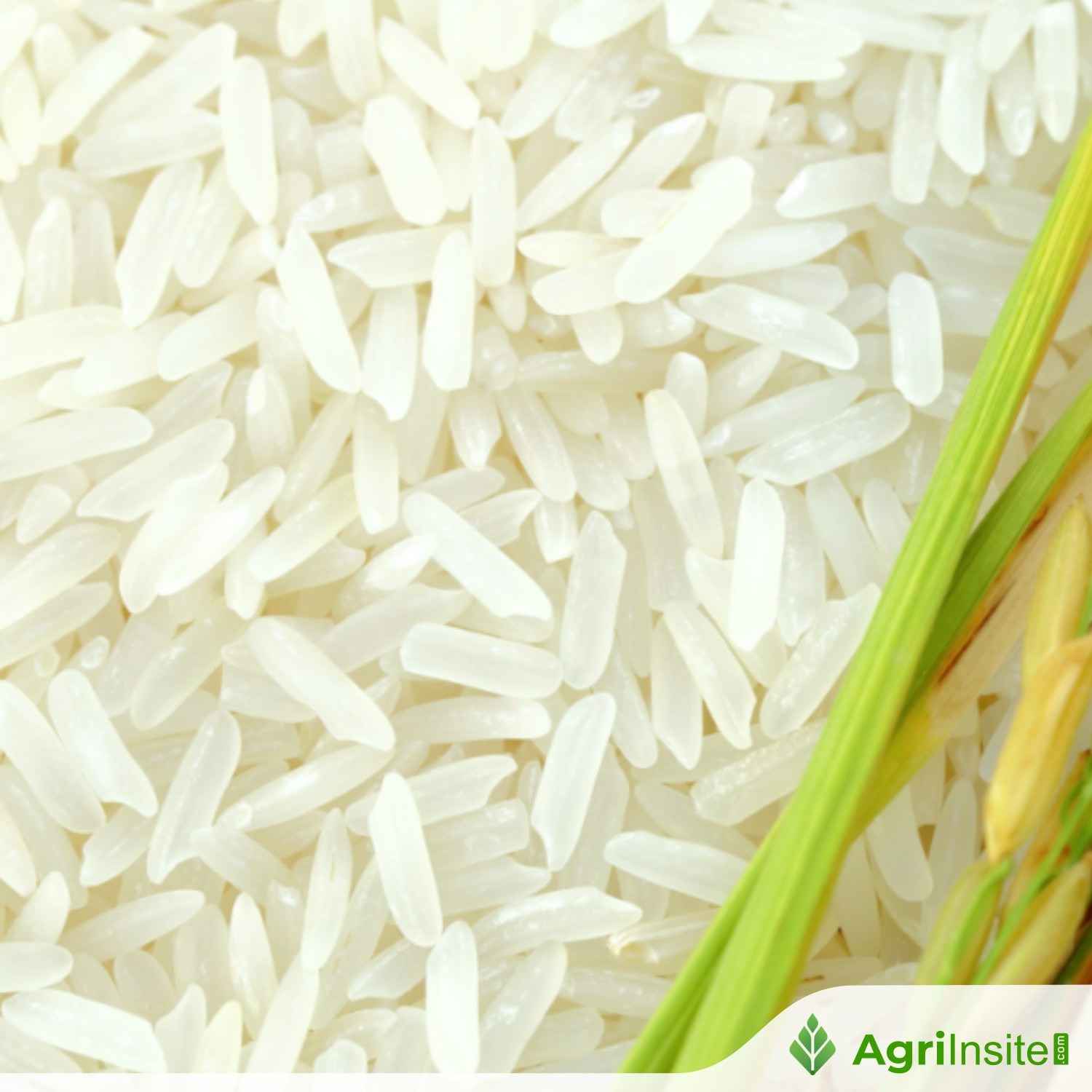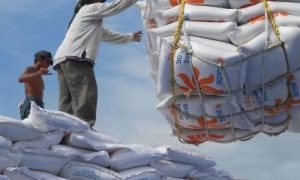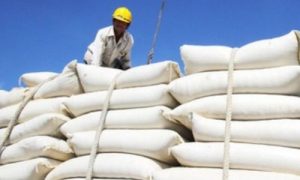Nigeria’s rice output hits 4-year low on high costs

Nigeria’s rice production has dropped to its lowest level in four years, declining by 7% to 5.23 million metric tons due to high input costs, insecurity, and competition from cheaper imports. Farmers are reducing cultivation areas, while the suspension of the Anchor Borrowers Programme has worsened the situation, impacting rice production and mill operations nationwide.
Nigeria’s rice production has hit the lowest level in four years as high production costs force farmers to reduce their cultivation areas.
Rice production declined by 7 percent in the 2024/2025 season to 5.23 million metric tons (MT) from 5.61 million MT in 2023/2024 season, according to data from a new report by the United States Department of Agriculture (USDA). One report estimates that the decline could be between 15 and 23 percent over the period.
The USDA data indicate that the figure is the lowest the country has recorded since 2020 when the COVID-19 pandemic obstructed farming activities.
Farmers say their rice revenues and profits are hard hit by the rising input prices, with insecurity, climate change and the influx of cheaper foreign varieties making it even harder for agro-based firms to stay afloat.
“Prices on all inputs have increased four or five times already and they still keep rising,” said Muhammed Augie, former state chairman of Rice Farmer Association, Kebbi State chapter.
“Incentives to grow rice are no longer there. Demand from millers have declined, no more federal government intervention and the markets are flooded with cheaper imported rice products,” he explained.
He noted that these factors have forced several rice farmers to shift to other crops with lesser production costs, noting that those still growing rice grain have reduced their production areas.
Ahmed Idris, a rice in Jigawa, said he usually grows rice on five hectares of land but has reduced it to two hectares owing to his inability to afford inputs to cover his entire farmland.

“The money I spent cultivating five hectares two or three years ago can only cultivate two hectares,” he said, noting that the government’s subsidised inputs under the Anchor Borrowers Programme for rice farmers was huge before it was suspended indefinitely.
Anchor Borrowers Programme’s impact
Last year, the federal government suspended the Anchor Borrowers Programme – a key initiative targeted at boosting rice production. It was suspended over fraud allegations and farmers’ failure to repay loans extended to them.
While there is a dearth of reliable data on just how much progress Nigeria made during its ‘rice revolution’ under former President Muhammadu Buhari, paddy production increased from six million in 2015 when the scheme started to 8.9 million metric tons in 2023 when it was suspended, according to data from the Food and Agricultural Organisation (FAO).
The number of rice mills, both integrated and cottage, increased from 10 in 2015 when the country kick-started its rice revolution to over 100 in 2023, according to data from the Rice Processors Association of Nigeria (RIPAN).
The average crop yield per hectare of rice rose from 1.9 metric tons per hectare to an average of 2.47 metric tons of the same acreage, according to data from the UN food body. Despite the increase, the country still has one of the lowest yields per hectare among emerging markets in Africa when compared with Ethiopia’s 3.4, South Africa’s 2.9 and Kenya’s 4.2.
To read more about Sugar Industry continue reading Agriinsite.com
Source : Business Day















